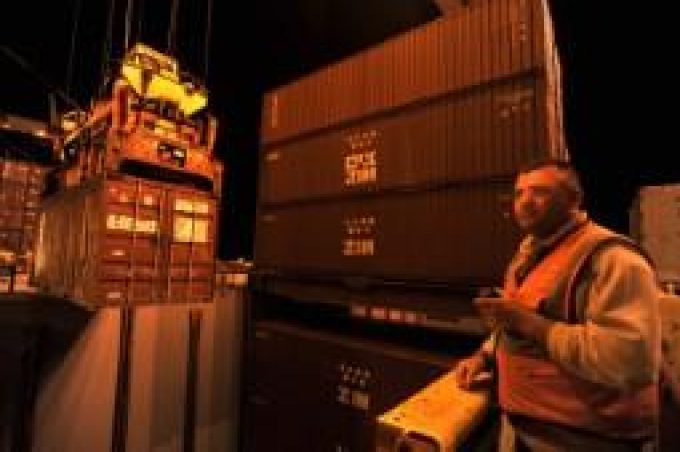News in Brief Podcast | Week 11 | Ocean rates down, uncertainty up
In this episode of The Loadstar’s News in Brief Podcast, host and news reporter Charlotte Goldstone ...

The successful restructuring of ZIM Integrated Shipping Services has captured the attention of many industry observers over the last couple of years. After all, its debt-to-equity swap was meant to be just one of many waivers set to flood the ailing shipping industry, serving as ...
Keep our news independent, by supporting The Loadstar
Red Sea crisis has driven most new capacity into extended Asia-Europe trades
Carrier price hikes hold, driving spot rates higher as space gets scarcer
Explosions and 'out-of-control' fire reported on Wan Hai box ship
Crew forced to abandon ship in latest fire on vessel carrying EVs
The Loadstar Podcast | Transport Logistic and Air Cargo Europe 2025
'Now or never' for Kuehne and DHL GF to hit back at DSV
Carriers on the hunt for open tonnage again as transpacific rates soar

Comment on this article
Mr. Yongha Lee
April 17, 2016 at 3:01 pmmarket situations are changing because recent earthquakes in Japan, Philipine, Peru, Equadore requires a very large quantity of assisting materials and repairing ones . These materials will be transported by vessels. Therefore, the strong demand of vessels will be occurring from next week. check out the trend of BDI and other vessel rates .
Mr. Yongha Lee
April 20, 2016 at 2:07 pmAbout 60% vessel lenders agreed to lower the charterage of HMM, Hyundai Merchant Marine. but 40% ship lenders are under the charter cut negotiation.
If the 40 ship lenders such as Eastern Pacific Shipping and Navios Corporation also agree to lower the charterage, Korea Develop Bank will take over HMM next month.
But If the 40% ship lenders won’t agree to lower the charterage of HMM.
It will go to the court receivership.